Once you've mastered this simple technique, you'll find many uses for the flowers and leaves you press.
Why not embark on a craft project and decorate special cards for family and friends, create beautiful art, or make a collection of herbarium sheets recording the plants growing in your garden?
You will need:
- books
- newspaper
- card
- PVA glue
- a pen
What to do:
1. In a spot where you have permission to pick flowers, carefully pick a section from a plant. Try not to damage other flowers or take too many.
2. Open a book and line it with newspaper. Place your flowers (as flat as you can) on the page.
3. Carefully close the book and weight it down - additional heavy books work well as weights.
4. Store this pile in a warm, dry place and check on your flower specimens daily.
5. Once your flowers are dry, carefully remove them.
6. You can then create your own flower collection or make some beautiful art. Use glue to mount the pressed flowers on card.
7. If you are creating a collection or would like to record details about your flowers, add a label. The key information to note on a herbarium sheet is when and where it was collected, by whom and - if you know - what the flower is.
Key things to consider when pressing flowers
Not all plants are easy to press. Some, such as bluebells, take a long time to lose moisture and tend to go mouldy. Bulkier plants are also more difficult to press well (see our top tips below).
Museum botanist Fred Rumsey, who looks after the Historical Collections says, 'You want to ensure that you keep an even weight across the whole plant specimen that you're pressing. Any part of the plant left in free air rather than in contact with the newspaper will shrivel up.'
Be sensitive to nature
Fred is one of the authors of the BSBI Code of Conduct for picking, collecting, photographing and enjoying wild plants.
While it is fine to pick most plants, if you're picking wild plants there are some things to consider.
The BSBI Code of Conduct contains guidance on how to collect responsibly and stay within the law. Download a free copy from the Botanical Society of Britain & Ireland website.
Fred adds, 'Picking flowers can help children learn about them and become more enthusiastic about nature and protecting it. The same is true for adults.
'Picking wild flowers with care and in moderation is usually fine. The guide we've put together will help you to avoid the instances where it would harm plants or is illegal.
'It's also a good idea to follow the "one in twenty rule". This means that, if there are twenty plants, it is okay to take from one of them, as long as it's not a species protected by legislation. Picking in moderation ensures plenty is left for others to enjoy and for the plant to survive.'
How long does it take to press flowers?
Depending on what plant you are pressing and the drying conditions, it can take from just a couple of days to a few weeks for your specimen to dry completely.
The specimen is ready once it no longer feels damp. The dried plant may be quite brittle, so be careful when moving it.
What to do with pressed flowers and leaves
Here are some ideas for what to do once you have prepared some pressed flowers and leaves:
- Turn them into a framed picture.
- Decorate bookmarks and photo frames.
- Create unique cards to send to friends and family.
- Use them to learn about plants in your local area and how to identify them.
- Make a collection recording the plants growing in your garden.
For the last two suggestions, it is a good idea to prepare herbarium sheets.
How to prepare a herbarium sheet
If you are preparing a botanical specimen for a herbarium sheet, try to lay out the plant to be pressed so that it looks natural and arrange the leaves so that both surfaces can be seen. Each side of a leaf may contain features important for identifying the plant.
Make sure to add a label of information about the specimen. It is helpful to include what the plant is, if you know, and the name of the person who collected it. However, the most important things to note are the plant's location and the date it was collected.
Fred explains, 'This data transforms the specimen from being purely aesthetic to scientifically valuable.'
It's not only flowering plants that can be pressed - conifer, fern, moss, lichen and even seaweed specimens are all mounted on herbarium sheets at the Museum.
Creating an invaluable collection
With appropriate care, pressed plants can last for hundreds of years. The Museum has volumes of herbarium sheets dating from as far back as the late 1600s and early 1700s.
Among the oldest are the collections of Sir Hans Sloane, including 265 bound volumes containing an estimated 120,000 plant specimens from more than 70 countries and territories. Along with his other specimens, these were acquired by the nation, forming the foundation of the collection now cared for by the Natural History Museum.
Other, slightly younger, historical specimens dating to the early 1700s include those of the Duchess of Beaufort, who had the first greenhouses in England and pressed flowers from her garden, and the wonderfully ornate herbarium sheets from George Clifford's collection, which were catalogued by famous taxonomist Carl Linnaeus. Both collections document plants newly cultivated in Europe.
Today, these historical specimens and others collected over the past four hundred years provide interesting information about plant biodiversity and planting habits.
Fred says, 'Thanks to carefully prepared labels that record where the plant was collected and when, these serve as important scientific and cultural records.
'We can use them to learn how patterns of wild plant biodiversity have altered, whether the changing climate is affecting flowering times and even how collectors worked, and with who, to make their collections.
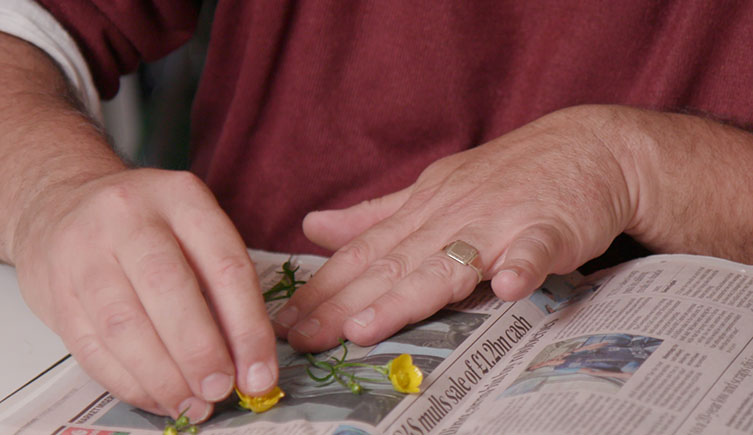
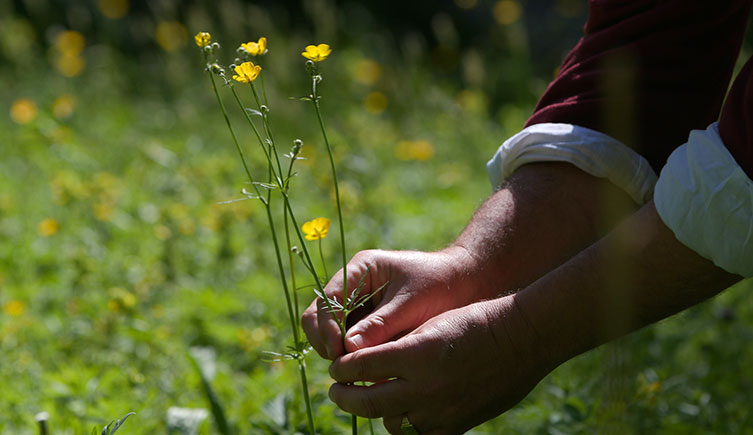
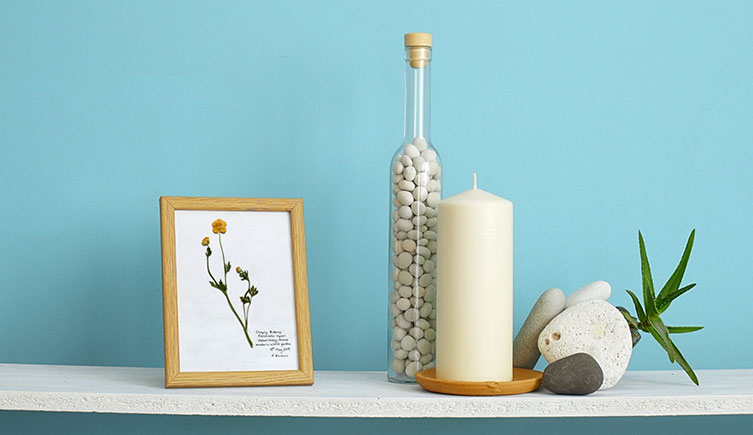
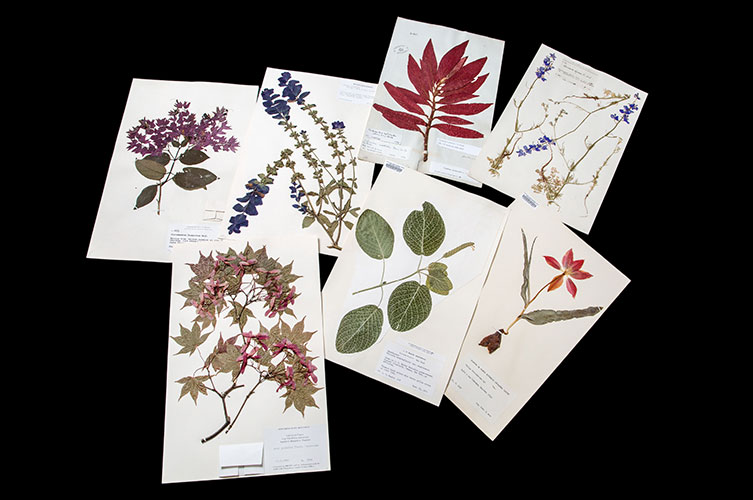
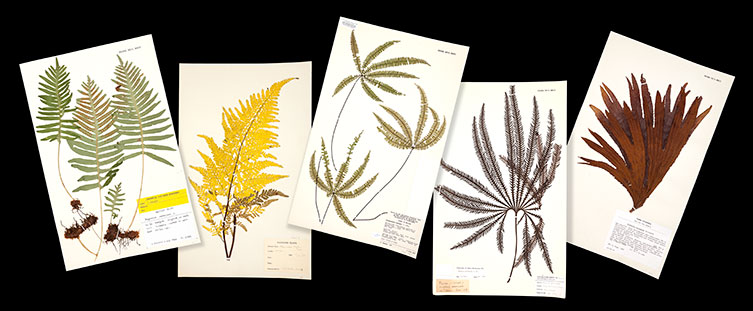



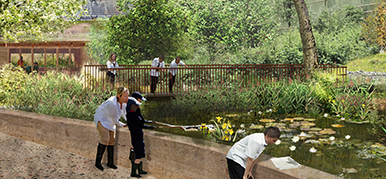
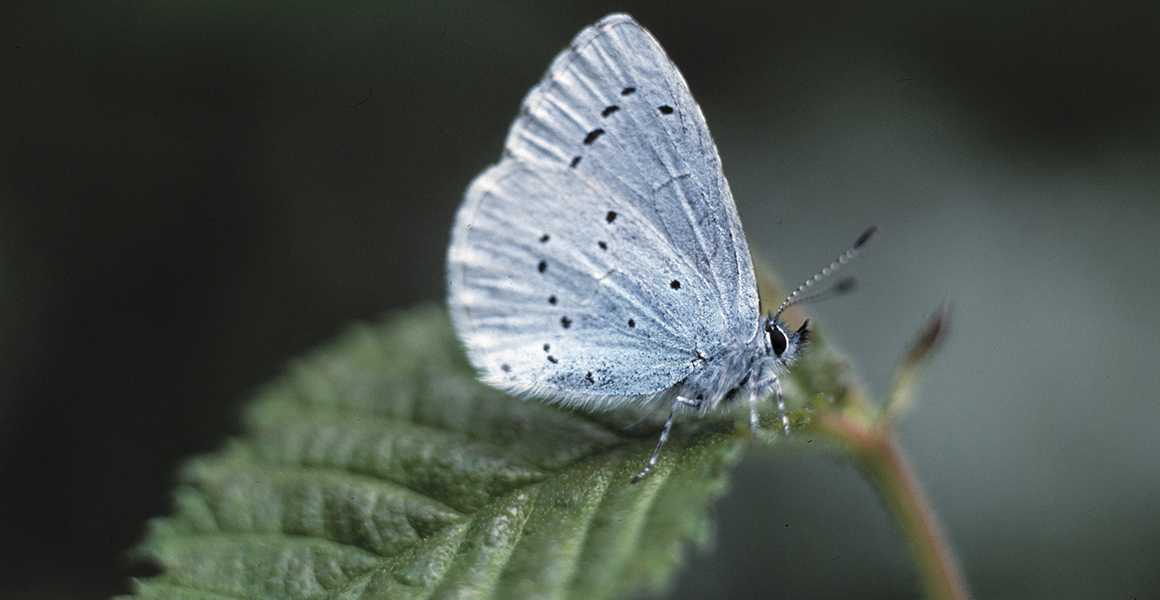
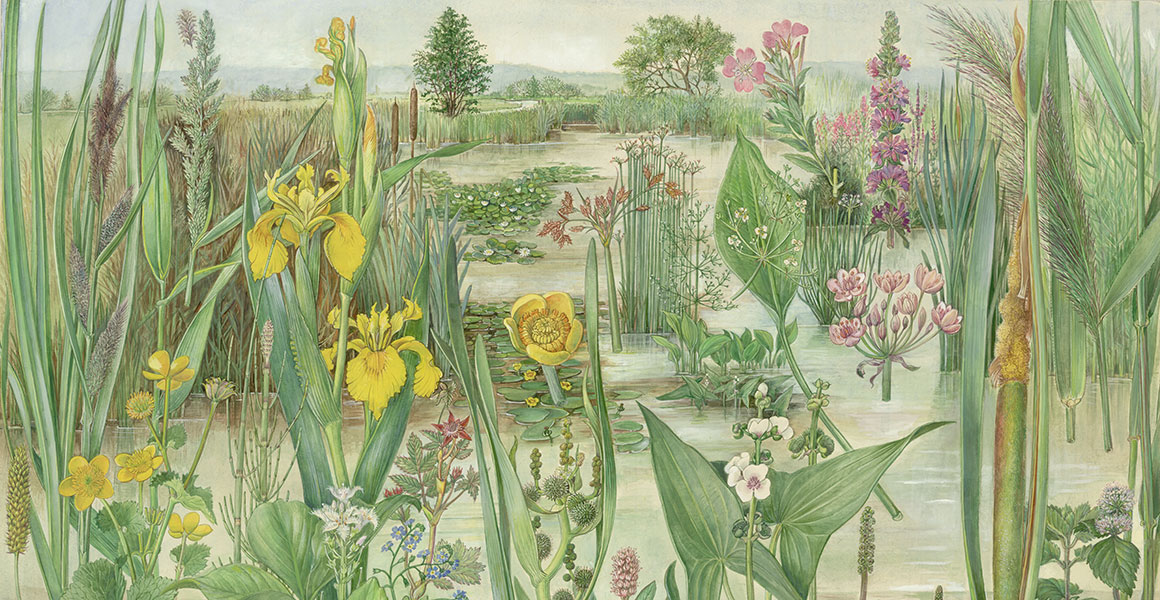


Don't miss a thing
Receive email updates about our news, science, exhibitions, events, products, services and fundraising activities. We may occasionally include third-party content from our corporate partners and other museums. We will not share your personal details with these third parties. You must be over the age of 13. Privacy notice.
Follow us on social media